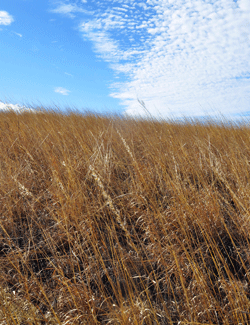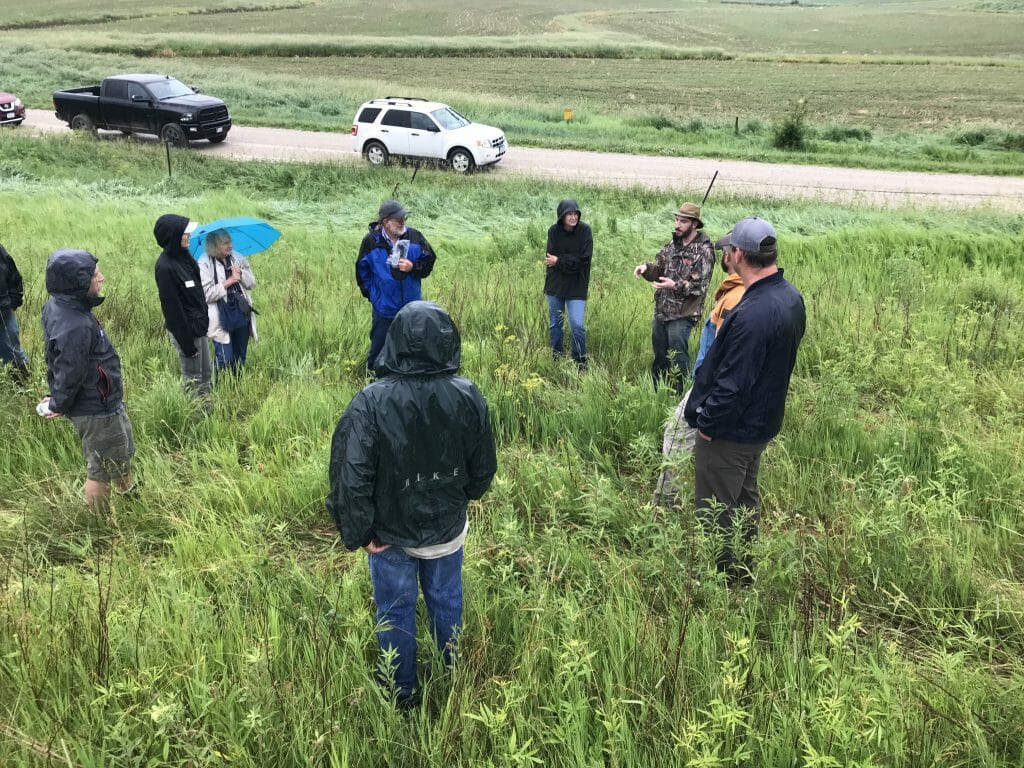Frequently Asked Questions – Soil Health and Income Protection Program (SHIPP)
The 2018 Farm Bill included funding for a new Conservation Reserve Program (CRP) pilot sub-program called SHIPP (Soil Health and Income ProtectionProgram). Because this is a new program within CRP, there has been a lot of press surrounding this new pilot and a lot of questions. We don’t have all the answers about SHIPP yet, but I’m going to try and answer some of the most common questions I’m getting—I’ll keep updating this page as we learn more, so if you have specific questions that aren’t addressed here check back regularly or feel free to reach out to me directly (jorgen@practicalfarmers.org).
When and how can I sign up?
SHIPP signups will run from March 30 until August 21, which means they’re open now! There 50,000 acres available for SHIPP, but signups are first come first serve, which means once the all acres are allocated to various contracts the sign-up period will end. If you’re interested in enrolling acres in SHIPP, USDA recommends that you call your local service center as soon as possible. You can find your local service center by clicking here.
Am I eligible for the program?
At this point, SHIPP is only available to producers in the prairie pothole states. That means that entirety of Iowa, Minnesota, South Dakota, North Dakota and Montana are eligible, not just the pothole regions of those states. In other words, in Iowa, you don’t have farm on the Des Moines Lobe to be eligible for SHIPP.
If you’re thinking about enrolling acres in SHIPP, there dare a few other eligibility requirements to consider:
- Acres to be enrolled must be less productive land on the farm
- Acres to be enrolled must have been planted (and not in CRP) in crop years 2017, 2018, and 2019.
- Acres to be enrolled must constitute no more than 15% of eligible land per farm enrolled in SHIPP (in other words, this is not a full-field practice).
How is SHIPP different from regular CRP?
For those of you familiar with CRP, the SHIPP pilot most readily resembles continuous CRP—in other words, it’s designed to target marginal acres within a field, not to convert whole fields to perennial cover. That said, SHIPP is even more discerning in the acres it targets: only 15% of the most marginal acres on the farm can be enrolled.
Where SHIPP also differs from existing CRP programs is contract length. Where most CRP contracts are 10 or 15 year contracts, SHIPP contracts can be 3, 4 or 5 years in duration. Theoretically this gives the producer increased flexibility to remove marginal acres from production when the ROI for those acres is too low while not locking that producer into a longer-term contract that remove those acres from his operations for a decade or more.
What is the rental rate on SHIPP acres?
Under the new Farm Bill, General CRP and Continuous CRP are capped at 85% and 90% of the weighted average soil rental rate, using county average rental rates as a base.
SHIPP contracts will pay less: 50% of the full rental rate. Historically underserved and socially disadvantaged (USDA’s technical terminology for beginning, limited resource, minority, and veteran farmers) are eligible for 75% of the full rental rate. You can contact your local USDA service center to learn more about specific rates in your county and on your farm.
What do I plant?
Some news releases for SHIPP have referenced cover crops or perennial cover crops. Like all CRP programs, it’s important to note that the SHIPP pilot requires perennial cover for the life of the contract. In other words, if you see the phrase “cover crops” don’t interpret this as cereal rye or a similar annual cover crop planted between other crops in a rotation.
Each state will have different seeding recommendations—those recommendations are yet to be determined. The only guidance so far is that participants will be expected to plant the lowest practical cost perennial cover for a conservation purpose. We’ll update this blog as we get more information.
There does not appear to be any seed cost-share available through SHIPP.
What else should I know about SHIPP and CRP?
Learn more about SHIPP:
There’s the potential that SHIPP is going to be more flexible for participants who want to get out of their contracts early. You should check with your local USDA service center for more information, and as we learn more about how the program works we’ll be sure to update this blog.
It is also worth noting that acres enrolled in SHIPP can be grazed outside the primary nesting season (i.e., not from May 15 – August 1) with no reduction in rental rate, provided that the conservation goals of the perennial cover are not inhibited. Acres enrolled in SHIPP may also be harvested for seed, although this would incur a 25% reduction in rental rate and would make those acres ineligible to be insured or reinsured under the Federal Crop Insurance Act. Like grazing, harvesting for seed must happen outside the primary nesting season and cannot compromise the conservation benefits of the perennial cover.
As mentioned in the Eligibility section, acres that are currently enrolled in CRP or are coming out of CRP cannot be enrolled into SHIPP due to the cropping history requirements.
Unrelated to SHIPP but possibly relevant for producers who are interested in CRP, prairie strips are now an eligible practice under Continuous CRP. Contact your local USDA service center to learn more about the CP-43 Prairie Strips practice and how they could be used on your farm. You can read more about prairie strips and their requirements under CRP on the STRIPS team website. You can also learn more about the process the led to prairie strips becoming a new CRP practice by reading this article about how ISU researchers and staff contributed to the development of this new practice.
Questions?
Experiences with SHIPP, CRP in general, or other USDA farm bill programs (EQIP, CSP, ACEP/WRP) that you’d like to share? Reach out at jorgen@practicalfarmers.org.

